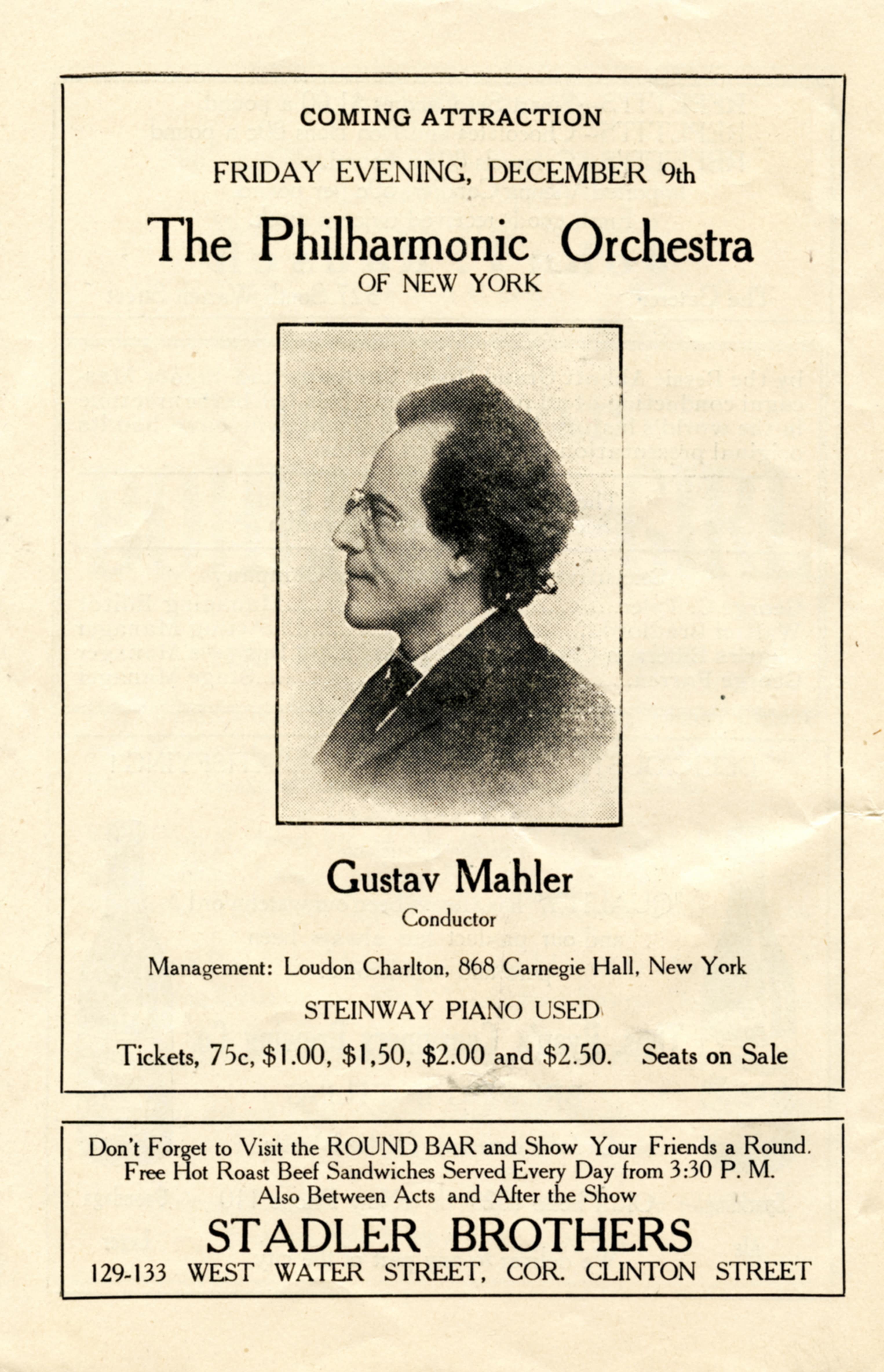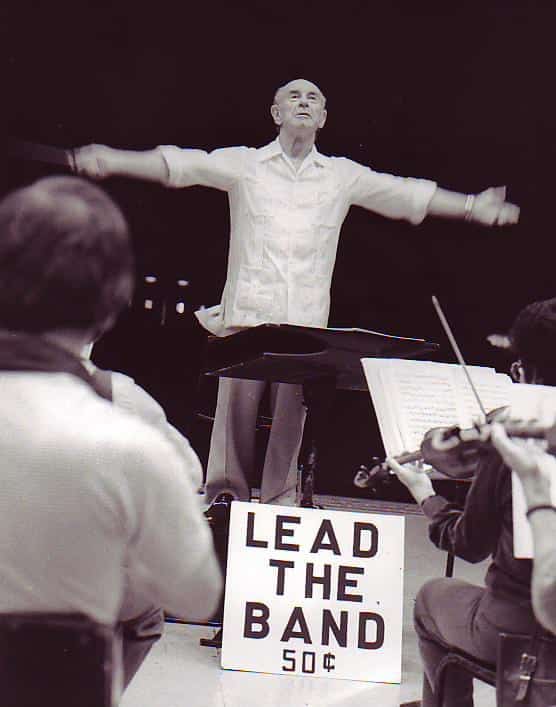More variations than the Kama Sutra
mainI have a soft spot for the pianist Ivan Ilic, who is trying to improve the position of the Czech composer Antoine Reicha, an exact contemporary of Beethoven’s, in the league if immortals.
In his third release for Chandos, Ilic performs Reicha’s 57 variations for piano, opus 57.
Is this some kind of record? Beethoven or Mozart would whistle up and theme and play a dozen vatiations, two dozen at most.
Reicha is made of sterner stuff. His set of variations lasts an hour and a half.







“…his third Reich release…”
(Probably some Word document auto-correction…)
Fantastic piece!
His first name was Heinz
So happy to see Ivan tackle this neglected repertoire. Back in 1985, the doctoral advisor at Juilliard was Dr. Barry S. Brook. During one of our seminars, he tossed a manilla envelope across the boardroom table toward me. He said, ‘Score it, edit and give me a foreword.’ It ended up being the first edition of Reicha’s “Symphonie Concertante pour Deux Violoncelles et Orchestra” composed ?1807. The envelope contained copies of instrument parts which Dr. Brook brought back from his visit to Prague, where he used to find unpublished lost music by many different composers. I learned so much in the process, and apparently, the piece was recorded and released earlier this year.
That is a wonderful story. In case you don’t have the details, the recording is by Stephan MacLeod and Gli Angeli Geneve, with Christophe Coin and Davit Melkonyan: https://www.claves.ch/products/antoine-reicha-symphonies-concertantes. The site even lets you play them all the way through. They are lovely.
I should have said the CD also has the earlier one for flute and violin. I have now purchased the download (from Presto); but the accompanying booklet is available free on the Claves site, and is worth reading. (Thank you, Claves.)
I was aware of Reicha’s reputation as a composer for wind, but did not know until now that he was such an excellent symphonist, or indeed such a prolific composer, and such an important theorist. 2020 is (soon was) his 250th anniversary. We might have been celebrating it along with, or perhaps even instead of, Beethoven’s, if he had wished to promote himself. But “Many of my works have never been heard because of my aversion to seeking performances […] I counted the time spent in such efforts as lost, and preferred to remain at my desk.”
Here is a Reicha symphony:
https://www.youtube.com/watch?app=desktop&feature=share&v=xCH35RbIgJI
In my opinion, it’s good music, well-made, but dry: intellectually put together rather than inspired. But put together by a very able and very experienced composer. So, music is clearly ‘about’ something else.
That was more or less the opinion of Berlioz. Great minds …
But I want to hear more of Reicha before I assent. I’m finding much more than dry intellect in the two-cello symphonia concertante.
Thank you for the link, which I’m listening to again just now.
Is this where Heinz got the idea for their sauces?
Ten points, Marfisa, and an adjunct Pulitzer for your contributions tto third Reichiana. Not to spoil a good story, I can’t find Heinz among his prenoms.
Thanks, Edgar, gratefully accepted! The same first name would have made it perfect, but Variations is good enough.
It’s been a long time since I read the Kamasutra, but I’m almost certain that the number of positions is sixty-four.
Kudos to Ivan Ilic for promulgating the under-performed music of Reicha, friend and colleague of Beethoven from LVB’s Bonn years.
Among wind players, Reicha’s two dozen plus wind quintets comprise much of the original wind quintet repertoire.
Reicha’s string quartets are also worthy of more attention. And much of his other music.
One question: Ilic pronounces Reicha’s name differently from what I have heard. He pronounces is REI-sha. I have previously heard it as REI-ka. Which is correct?
He was RAY-kha in Bohemia, REI-kha in Germany and RAY-cha in France. Christened ‘Antonín’, became ‘Antoine’ when he first settled in France, and kept that form of his first name when he went back to Vienna in the first decade of the nineteenth century.
Thank you!
No, the Parisians pronounced his name Ray-kha. we have documentary evidence from the period of his name being misspelled by Parisians as Reica and Reika. This was all explained at the Paris Reicha conference in 2013.
And he spent the last part of his life in France, 1808-1836, where he taught counterpoint at the Paris conservatoire. Berlioz, who was one of his students, has interesting things to say about him in his Mémoires, as a composer (mostly criticism) and as a man and teacher (mostly praise).
John Rice has an interesting take on Reicha’s relationship with Beethoven:: https://sites.google.com/site/johnaricecv/beethoven-reicha-and-the-eroica
Beethoven doesn’t come out of it very well, as a person.
It is rather clear from the article that Reicha was both a rival and a composer of much less talent, more intelelctually-driven than musically-inspired. No wonder Beethoven got irritated about him.
The novelties of B’s fugue writing were in his synthesizing of both contrapuntal sophistication and lyrical or passionate expression, two things which don’t go together very well, but in which he obviously succeeded so many times. Reicha was much more intellectual, academic, dry, and his innovations must have made on B the impression of falsification, or missing the point musically.
R’s mindset had something of 20C modernism: intellectual innovation for its own sake.
Goes perfectly with Heinz 57 varieties sauce.
Norman, Toccata Classics released Op. 57 in 2017, on the second volume of (currently) four of our complete recording of Reicha’s piano music by the Swedish pianist and Reicha authority Henrik Löwenmark — details at https://toccataclassics.com/product/antoine-reicha-piano-music-two/. And to call him ‘an exact contemporary of Beethoven’s’ is rather underplaying the bond between the two of them: they were close friends from the age of fifteen, when they found themselves sitting next to each other in the Electoral orchestral in Bonn, after Reicha’s uncle, Josef, got the job as its chief conductor.
You’re getting mixed up, Martin. Henrik recorded Reicha’s other set of 57 variations, his Op.102, published in 1824, 12 years after Op.57, the Art de Varier. Henrik will get round to it some time, and then we’ll hear what the theme really sounds like (see my comment posted 24 January).
I meant to write 21 years after Op.57, not 12. Sorry.
Perhaps Reicha’s most interesting musical qualities, innovations even, were his exploration of unusual (for the time) metres, 5/8, 7/8 and so on, as well as in his op 36 fugues for piano, usual bringing in the subject in unexpected keys (other than the dominant) – at the third, for example. apparently Elliott Carter was something of a fan.
That is certainly not a recommendation.
Why does that theme sound so incredibly dull?
Maybe because it is by Grétry.
Let’s get the themes sorted out. The theme of Op.57 is original. It’s the one of the 57 Variations Op.102 that is by Grétry. It must be said, though, that Grétry is not mentioned in the original edition of 1824. It is just generally assumed that Reicha used a theme from Grétry’s opera Panurge dans l’isle des lanternes. If you want the full story, read the preface of my edition on the web page of Editions Symétrie.
Interesting point, Rob Keeley, about Reicha’s unusual time signatures. Tthaikovsky used 5/4 (not 5/8, but close as horseshoes or hand grenades), in his fifth symphony, and PRKFV notoriously scored the finale of his seventh sonata in 7/8. “tiger, Tiger burning beright” also is in 7/something.
Unusual tempo designations are PRKFV’s “ridiculosomente and precipitato, Scriabin’s “affonato” (suffocating), and Rachmaninoff’s dour “Non allegro”, not happy.
It reminds me of the ‘Largo Volante’ at the top of the slow movement of Joachim Alzheimer’s concerto grosso nr 18 (‘broadly flying’).
I was greatly looking forward to this recording. Now, however, I must condemn it, as distorting the composer’s intentions. It is all to do with rhythm and phrasing, and the faults begin at the very beginning, with the theme. In the score, the theme, in 4/4, consists of three sections, with the last two repeated. Each section ends in a crotchet followed by a crotchet rest. Ilić consistently plays the final crotchet of each section as if it had a fermata over it that exactly doubled the duration of the note (or, you could say, he replaces the crotchet with a minim). The result is that you get five bars that each last a quarter as long again as the others. The whole melody, of all three sections joined together, then becomes something different from what Reicha wrote, rather as if you were to sing the first line of God Save the Queen with two beats on the word Queen. It might be fun to sing God Save the Queen in 7/4, but I can’t see it being adopted for ceremonial occasions.
Has Ilić interpreted the theme as a chorale, where you typically find such held notes? If so, it is a misconception and, in any case, he does the same thing, or similar, in other variations you could not take as chorale-like. Also, the rhythm of dotted crotchet plus quaver is sometimes dragged out, so that time equivalent to an extra semiquaver is added before the quaver arrives, and I can see no advantage in that phrasing here. In some variations, he goes even further with stretching the bar. In Variation 14, for example, time equivalent to two extra beats is added at the end of the first section, and of almost three at the end of the second. There, it is as if the music died, and you do not believe its subsequent resurrection. The same thing happens in all the variations where the second section ends on a minim chord. Variation 5 consists of sequences of bars of 4/4 + 3/4 + 2/4, but in Ilić’s version the first section ends 4/4 + 3/4 + 3/4, completely defeating the object! In the majority of the variations, the score itself makes it impossible to make one, two or all of these section-ending bars take considerably more time than the others in the same way and then Ilić simply has to plough on, but I don’t know whether he sees the inconsistency. Ilić’s pianism is not in question. The problem is his view of the structure of the work. You can check all this yourself, as a version of the score exists on the IMSLP web site. The modern edition is published by Henle.
How was this allowed to happen? It is, I think, because the work is not well known. The only other recording was made 20 years ago and, as far as I know, the work has never been performed in public in modern times. I am speculating a bit here, but I suspect the people at Chandos will have put their trust in Ilić and will not have listened to the piece with the score in front of them. What if Ilić had been recording a well-known work for them? What if, for example, he had ended the first phrase of Beethoven’s Appassionata Sonata with a minim instead of a crotchet, thus adding a beat’s worth of time to that bar? Then, Chandos would surely have said no one had ever played it like that and they could see no justification for it. I can see no justification for what Ilić has done with certain sections of Reicha’s Art de Varier, particularly the theme, which is a lovely one. That theme can be left to take care of itself. It will perhaps influence the pianist instinctively to make slight adjustments of rhythm to show it in its best light. It doesn’t need changing, to become something the composer didn’t write. As the variations are based on the theme and the theme is not given, they are all, in a sense, vitiated, one way or another, in this recording.
This is such a shame, as Ilić has shown, with his previous discs, that he can play Reicha. With some of the pieces on those discs, I disagree with some aspects of his interpretation, but I would never have said he wasn’t playing the music. This recording of Op.57, however, is a different kettle of fish.